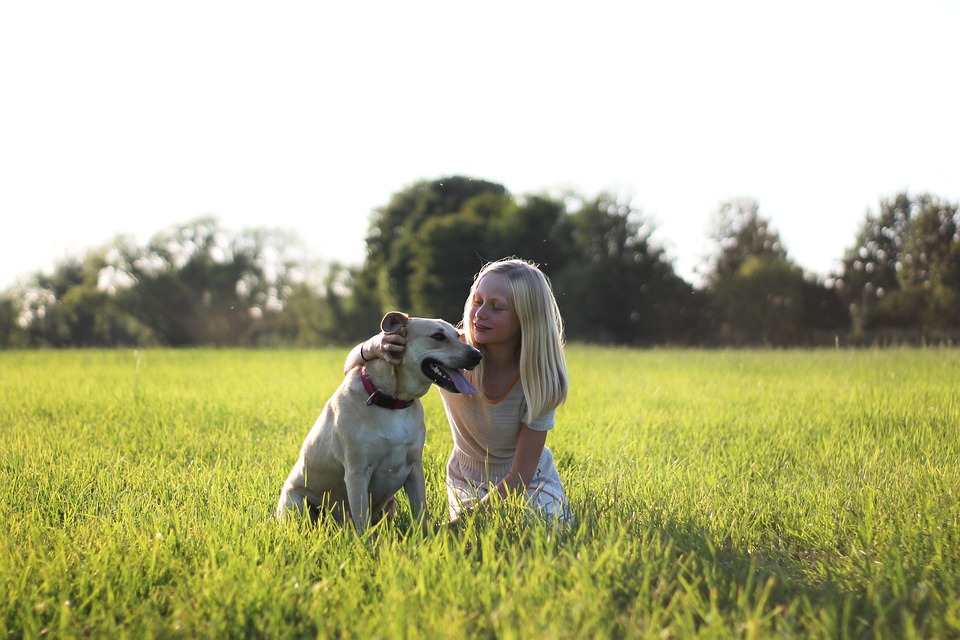Recognizing and managing anxiety in dogs is crucial for their overall well-being. Just like humans, dogs can experience anxiety, and it’s important for pet owners to be able to identify the signs and symptoms. By understanding what causes anxiety in dogs and implementing effective management techniques, you can help your furry friend feel more secure and relaxed.
One of the first steps in recognizing anxiety in dogs is to be aware of the behavioral changes that may occur. Excessive barking, chewing, digging, or pacing can be indicators of anxiety. Dogs may also become more aggressive or show sudden changes in their usual behavior. Additionally, physical symptoms such as trembling, panting, excessive drooling, or restlessness can be signs of anxiety.
Another key sign of anxiety in dogs is avoidance and hiding. If your dog starts avoiding situations or places they previously enjoyed, or if they hide when they’re anxious, it could be a clear indication that they are experiencing anxiety. Changes in appetite, either excessive eating or a complete loss of interest in food, can also be linked to anxiety. Furthermore, excessive licking or scratching can be a self-soothing mechanism that dogs resort to when they feel anxious. Social withdrawal is another sign of anxiety, as dogs may become less playful and seek isolation.
Understanding the underlying causes and triggers of anxiety in dogs is essential for effective management. Separation anxiety is a common cause of anxiety in dogs, as they can experience distress when separated from their owners or left alone for extended periods. Loud noises, such as thunderstorms or fireworks, can also trigger anxiety in dogs, leading to excessive fear or panic. Sudden changes in routine or environment can be stressful for dogs, which can contribute to anxiety. Dogs that have experienced abuse, neglect, or traumatic events may develop anxiety as a result. Additionally, a lack of socialization during a dog’s early developmental stages can contribute to anxiety in social situations.
Once you have recognized that your dog is experiencing anxiety, there are several strategies you can employ to help manage their condition. Creating a safe space for your dog is crucial, as it provides them with a designated area where they can retreat when feeling anxious. This space should be quiet, comfortable, and filled with familiar objects. Regular exercise is also important, as it helps reduce anxiety by releasing pent-up energy and promoting relaxation. Establishing a routine is another effective technique, as maintaining a consistent daily schedule helps dogs feel more secure and less anxious. Behavioral training, such as obedience classes, can help dogs gain confidence and learn how to respond to anxiety-inducing situations. Additionally, desensitization and counterconditioning techniques can be applied, gradually exposing your dog to anxiety triggers in a controlled and positive manner while rewarding calm behavior.
To address common questions about anxiety in dogs, it’s important to note that while anxiety can be managed effectively, it is unlikely to be completely cured. However, with proper care and training, its impact can be significantly reduced. In severe cases, medication prescribed by a veterinarian may be necessary to alleviate your dog’s anxiety. Natural remedies, such as pheromone diffusers, herbal supplements, or calming music, may also help reduce anxiety, but it’s essential to consult with a veterinarian before using any natural remedies. During thunderstorms, creating a safe and comfortable environment for your dog, offering distractions such as toys or treats, and using noise-canceling devices or soothing music can help minimize anxiety. Dogs can develop anxiety at any age, even if they had not previously exhibited signs of anxiety. Major life changes or traumatic events can trigger anxiety in dogs later in life.
It’s important to remember that every dog is unique, and what works for one dog may not work for another. Always consult with a veterinarian or a certified dog behaviorist for professional advice and guidance when dealing with anxiety in dogs. By understanding the signs, triggers, and management techniques, you can provide the necessary support to help your anxious dog lead a happier, calmer life.









